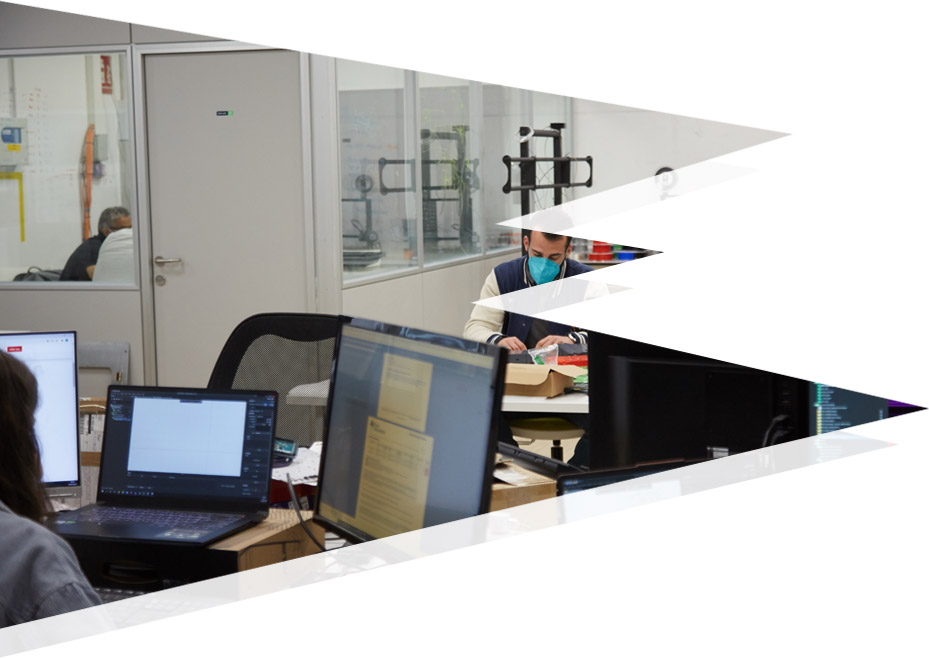Biosensing and Nanoplasmonics
PLASMONIC BEHAVIOR OF NANOMATERIALS
PLASMONIC BEHAVIOR OF NANOMATERIALS
The study of the plasmonic behavior of nanomaterials is a subject that has aroused great scientific interest in recent years. Much of the work is focused on the field of biomedicine, mainly due to the properties of plasmonic nanoparticles, which allow them to function as highly effective biomedical image intensifying agents.
The optical behavior of metals is well described by classical electrodynamics. In this way, research in plasmonic systems can draw on all the previous knowledge developed in other areas in which electromagnetic simulation had always played an important role.


Recently, the team of researchers from the SC7-B group of the University of Vigo, in cooperation with the Computational Electromagnetism (CEM) group of the University of Extremadura (UEx), hereinafter the EM3W team, have successfully applied their codes of more advanced electromagnetic simulation (M3 code) to solve plasmonic problems; overcoming, among others, problems such as the high intrinsic multiscale level in the nature of these problems, the use of evanescent excitations by electron beam for the induction of plasmonic resonances or the emission of light (by means of microscopy and electron spectroscopy), allowing to increase of spatial resolution very significantly.
With these contributions, the EM3W team has placed itself in a privileged position in terms of simulation capabilities in this field, making relevant scientific advances in the modeling of real plasmonic problems under laser and electronic excitation and in the application of these tools to simulation. of advanced nanomaterials for detection and imaging applications in biomedicine.
The EM3W team’s research in this field began in 2014 and has been financed with a series of projects in competitive calls from the Ministry of Science and Innovation, always being marked by the close collaborations maintained with groups of researchers of recognized prestige in the fields of application of nanoparticles, biosensing and biomedicine.
Among others, the cooperations maintained with the BioNanoPlasmonics Laboratory at the CIC biomaGUNE, led by Prof. Luis M. Liz-Marzán; with the Nanophotonics Theory group at ICFO led by Prof. Dr. Javier Garcia de Abajo; or with professors Jorge Pérez-Juste and Isabel Pastoriza-Santos from the Colloid Chemistry Group of the University of Vigo.


In all these investigations / collaborations, the main contribution of the EM3W team has been the adaptation of the M3 simulator to this type of problems and materials. And the result has been that the M3 simulation code has broken all the existing limits in the field of simulation of these materials by being able, as had never been done before, to rigorously simulate the behavior of colloids or crystals. with millions of nanoparticles.
The advances made in this field have been the subject of highly relevant publications in prestigious magazines.